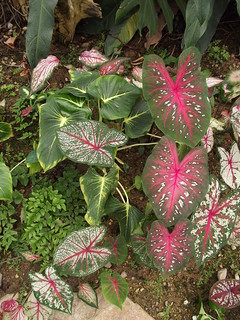 |
| Caladium |
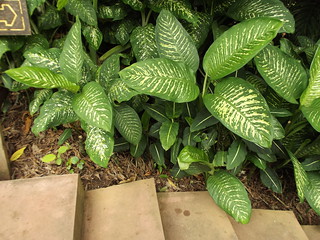 |
| Diffenbachia |
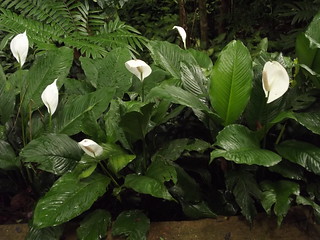 |
| Spathiphyllum |
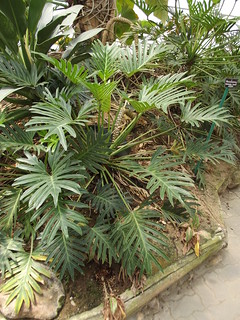 |
| Philodendron |
There are some species that are native to the cooler parts of North America such as skunk cabbage and jack-in-the-pulpit. But the humid tropics are the native home to many of the different species of this plant family.
 |
| Skunk Cabbage smells bad-but not as bad as some |
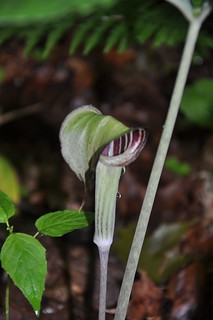 |
| Jack-in-the-pulpit |
One species, taro, has an edible root that is an important food plant in the tropics.
 |
| Taro roots in the market |
A characteristic of this plant family is the flower. It is a spike called a spadix which is surrounded by or above a leafy bract called a spathe.
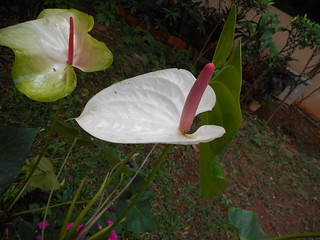 |
| Spathe on flamingo flower |
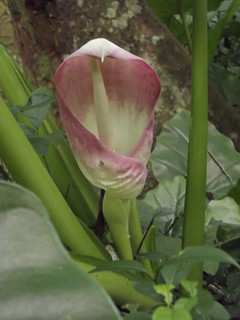 |
| Spathe on giant taro |
But the Araceae family has a notorious member as well. One species, Amorphophallus titanum, has the largest unbranched infloresence of any plant species in the world--and perhaps the smelliest. It blooms at most only once every 2-7 years. When specimens in gardens are about to bloom, large crowds will come to witness the event, despite the fact that the smell is compared to that of rotting flesh (which attract the flies that pollinate it) that gives rise to the name "carrion flower".
In Thailand we have a smaller relative of the carrion flower called the voodoo lily. They are quite common here and they have an interesting growth habit. They die back every year and then they will send up shoots in the spring. The stalk of the plant has a unique blotchy appearance and the leaves and plant form are also quite unique.
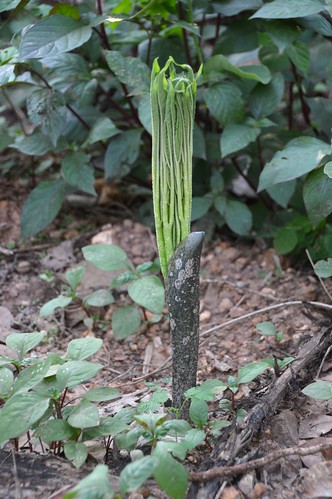 |
| Voodoo lily sprouting from the bare ground |
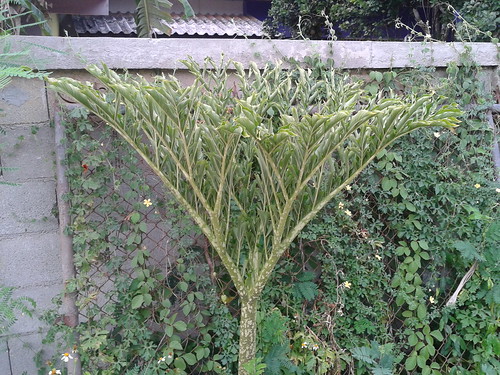 |
| Unique shape and blotchy bark of the voodoo lily |
But I had yet to see one flower.
Until now.
The other day when I was out walking, I spotted a bloom of this plant. When I went close to examine it I caught a whiff of the almost nauseating smell emanating from the bloom. Lots of little flies were attracted to the flower, but I was a bit repulsed.
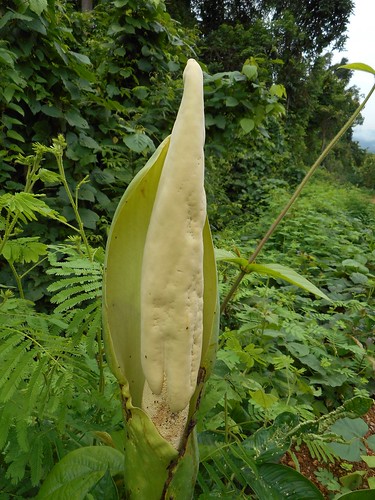 |
| Voodoo lily flower |
As I was thinking about that flower, I began to think about myself, what kind of flower am I? Am I like a gardenia with a pleasant aroma that attracts people? Or am I like a voodoo lily that drives people away?
I know people who profess to be lonely. In their mind, I think, they imagine they are lonely because they are following God and no one else is. But they don't seem to realize that it is often their attitude towards others that tends to repel them.
This is a warning to me to be mindful of how I "smell". I want to have the fragrance of Christ. To be more like a gardenia and not so much like a voodoo lily.
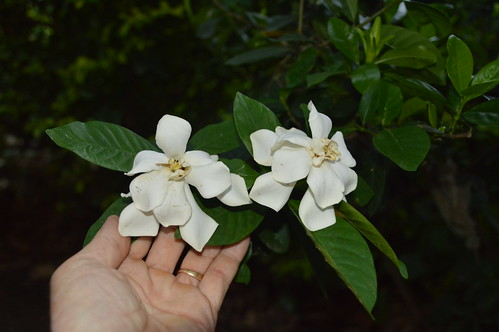 |
| Gardenia |
But thanks be to God, who in Christ always leads us in triumphal procession, and through us spreads the fragrance of the knowledge of him everywhere. 2 Corinthians 2:14 (ESV)

I would like to be attractive!
ReplyDelete